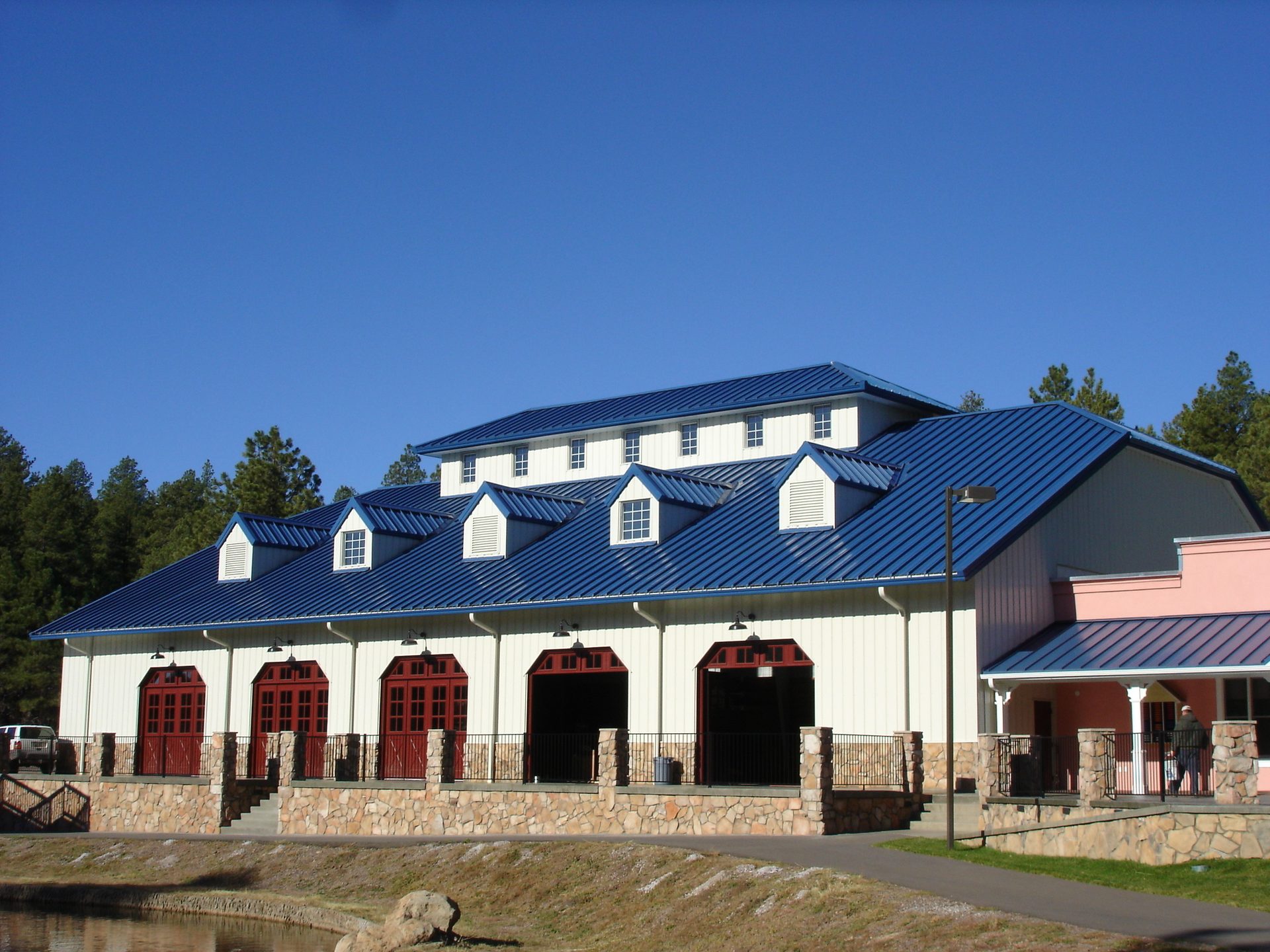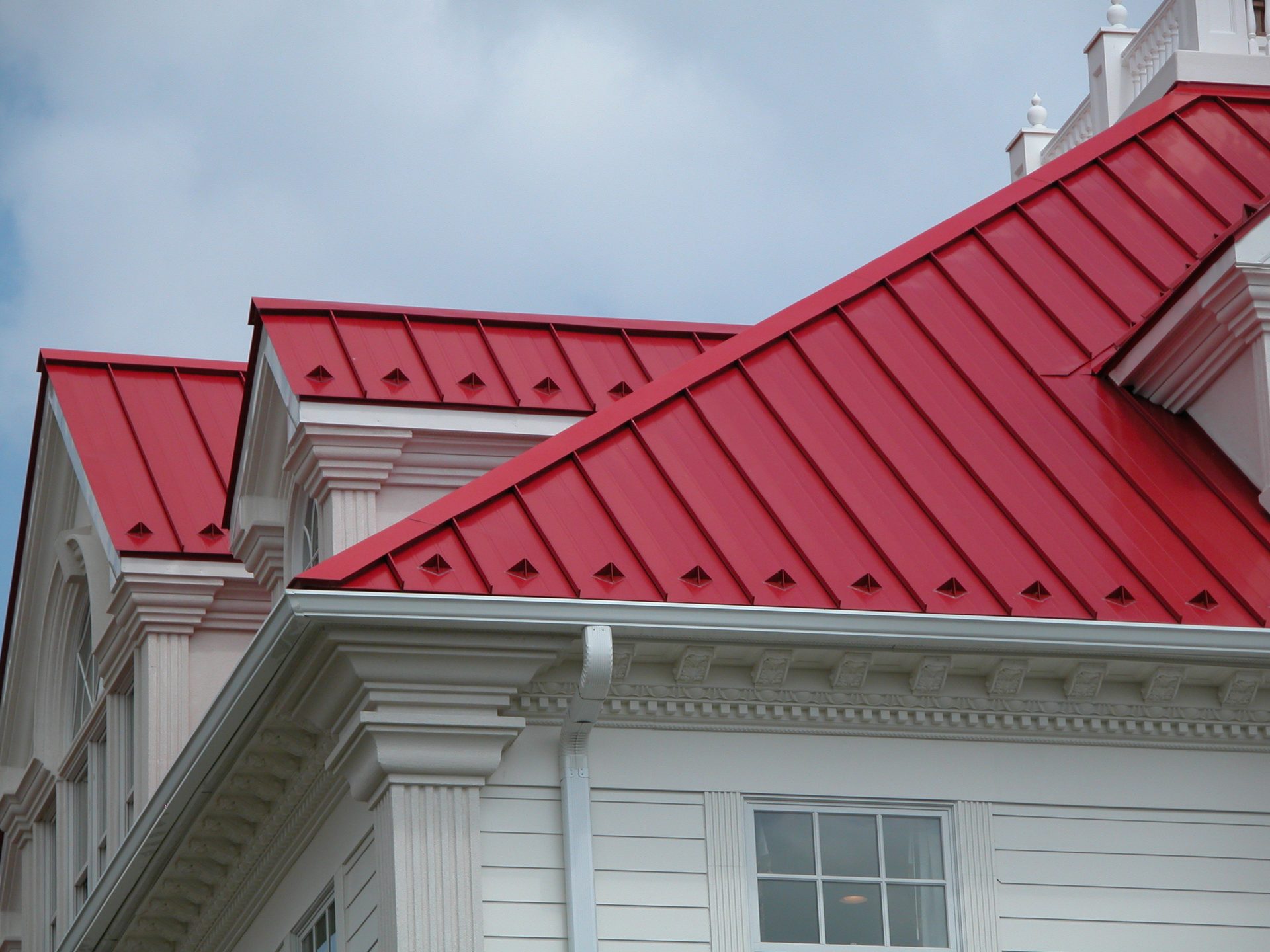Competing Demands for PVDF
PVDF coatings are an option for metal roofing systems. They are often viewed as the premium-tier product in coil and extrusion applications, mainly because they provide exceptional properties around weathering, and thermal and chemical protection. The reason they are so popular for coil coated metal roofing systems in commercial, residential, and agricultural settings is their ability to maintain high performance in even the harshest environments. Other factors include the increase in aesthetic appearance (vs. asphalt) leading to high curb appeal and potential rise in resale value.
However, faced with soaring demand from the more lucrative and fiercely competitive lithium-ion battery market, the global supply of PVDF has become increasingly constrained.
PVDF is used to coat anode and cathode binders in lithium-ion batteries. These battery components are so essential, manufacturers are willing to pay premium prices. And the makers of PVDF are switching to supply these higher-value customers.
Although there is still supply in the market, the challenge for coil and extrusion manufacturers is to protect customers from the risks of delays, higher prices, and future supply.
Suppliers are trying to expand their PVDF production capacity to increase supply, but increasing capacity takes time. In the meantime, it is hard for anyone to know how much more PVDF will be freely available, when it might be available, or how high the price may rise.
In response, architects, specifiers, and coil and extrusion manufacturers are considering alternative coatings that don’t compromise on quality for their customers. PVDF is best suited to harsh environments, such as Florida or other southern U.S. states where roofs are constantly exposed to high levels of heat, humidity, and UV. But advances in alternative coating technology means that non-PVDF coatings now perform just as strongly in more moderate climates. So, when choosing an alternative, what are the things a specifier needs to consider?

